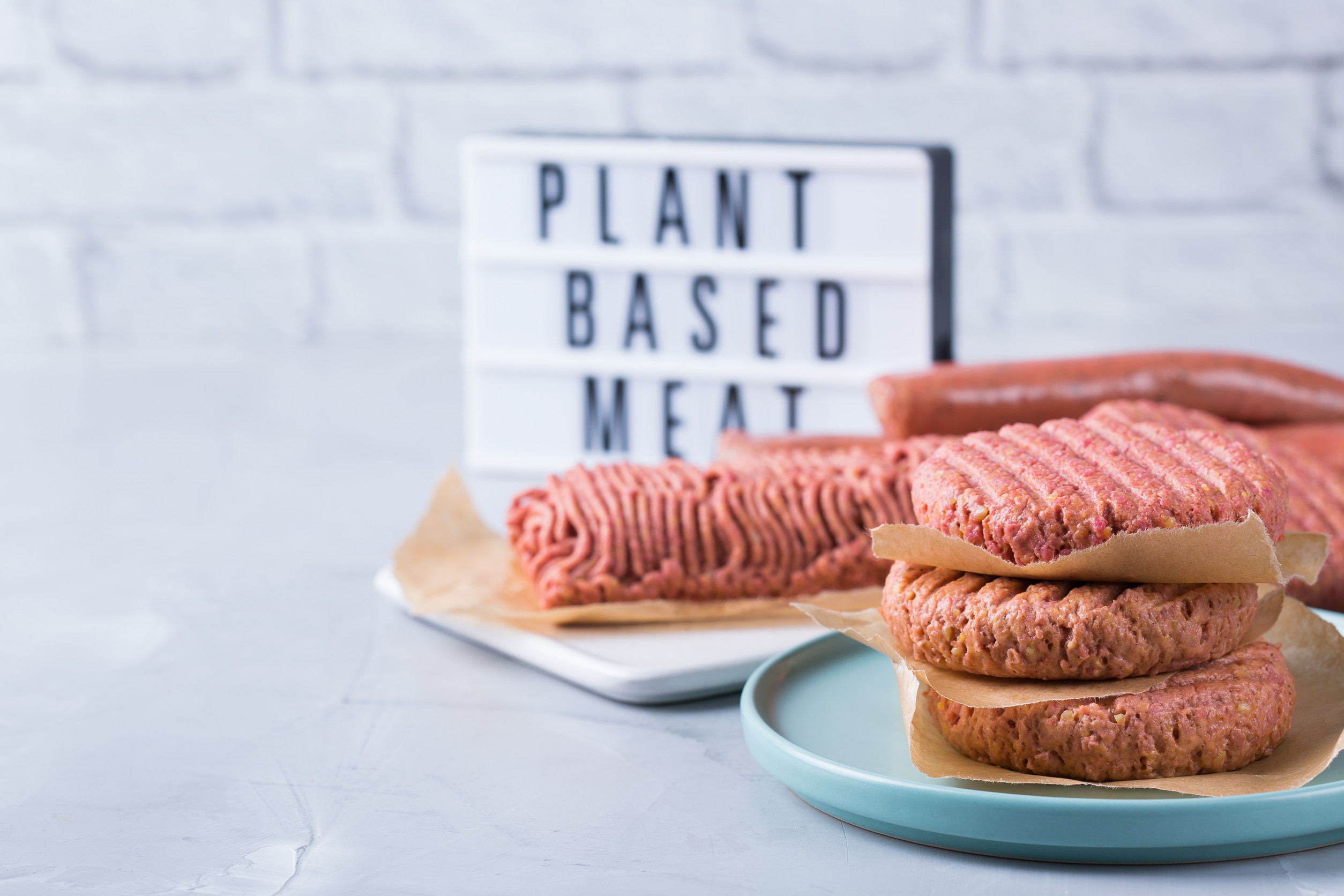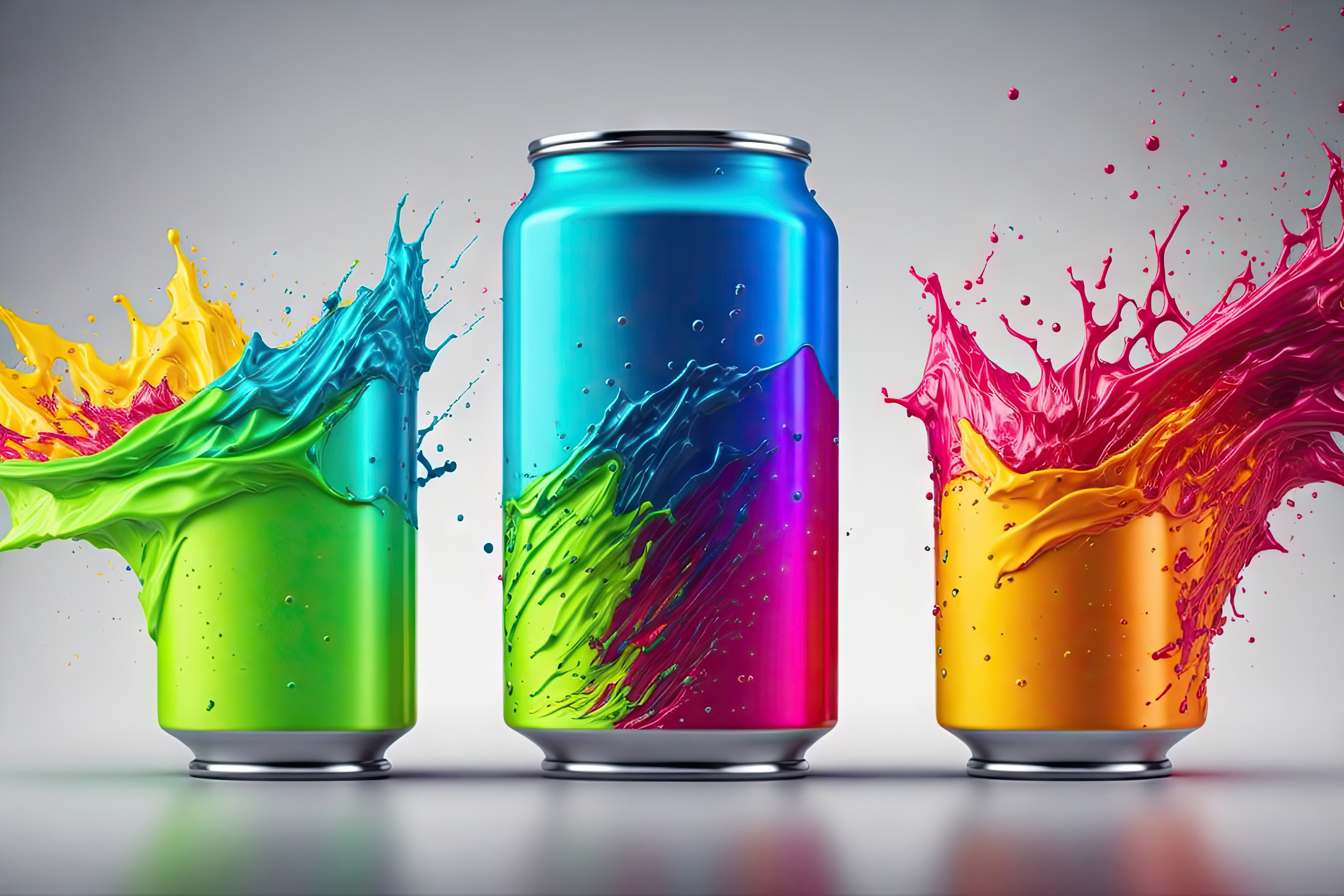In an era when consumers crave novelty on their plates, the food industry never stops pushing boundaries. From viral TikTok recipes to glossy grocery aisles filled with flashy new products, the culinary world seems more inventive than ever. But as tastes evolve at breakneck speed, so too do concerns about what these trendy bites are doing to public health. Some innovations promise flavor and convenience yet come with side effects nutritionists say should not be ignored.
1. Ultra-Processed Plant-Based Meats
Once hailed as the sustainable answer to meat cravings, many plant-based meat alternatives have taken an unsettling turn. Loaded with additives, sodium, and industrial oils, these products often stray far from the wholesome plants they claim to champion. Consumers lured by the promise of guilt-free burgers may be eating more synthetic ingredients than they realize. Studies in 2025 continue to link excessive consumption of ultra-processed foods to heart disease and obesity. Health experts urge people to check labels carefully before swapping real cuts of meat for highly engineered patties.
2. Hyper-Sweetened Functional Beverages
The promise of drinks that boost immunity, focus, or energy has swept across cafes and convenience stores alike. Many of these beverages are loaded with exotic herbs, caffeine blends, and sugar substitutes that taste deceptively sweet. While marketed as healthy upgrades from sodas, they can still contribute to blood sugar spikes and gut issues when consumed daily. Consumers often overlook the hidden calories and artificial sweeteners in these so-called wellness elixirs. Nutritionists caution that old-fashioned water remains the safest thirst-quencher.
3. Extreme Protein Fortification
High-protein everything—from cereals to cookies—is the rage in 2025, fueled by fitness influencers and diet trends. However, experts warn that overloading on protein-enriched processed foods can stress the kidneys and crowd out other essential nutrients. Many packaged snacks now boast protein levels far beyond what the average person needs. People seeking muscle gains may ignore that these foods are still packed with sugars and fillers. Balanced diets with natural protein sources like legumes and lean meats remain the gold standard.
4. Zero-Sugar, High-Caffeine Sodas
Sodas labeled zero-sugar yet loaded with caffeine have exploded in popularity among young professionals and students. Touted as diet-friendly alternatives to sugary energy drinks, they often hide intense doses of artificial sweeteners and stimulants. Health authorities are increasingly concerned about their effect on sleep cycles and heart health. Studies suggest overconsumption may lead to dependency, jitters, and anxiety spikes. Consumers are advised to moderate their intake and remember that “zero sugar” does not mean zero risk.
5. Trendy Exotic Superfoods
Imported superfoods like açaí, spirulina, and sea moss are now mainstream staples for health-conscious shoppers. Yet sourcing and preparing these ingredients can involve heavy processing, chemical treatments, or contamination risks. Many products are poorly regulated, leading to inconsistent nutrient quality and potential toxins. Experts warn that relying on a single exotic food for miraculous health benefits is misguided. A diverse, local diet often delivers more dependable nutrition without the ecological footprint.
6. Gourmet Edible Insects
What was once a futuristic novelty has entered upscale dining in 2025: gourmet insect-based dishes. Crickets and mealworms boast impressive protein counts, but large-scale farming raises hygiene and allergen concerns. Poor labeling can put people with shellfish allergies at risk due to similar proteins. Food safety agencies are struggling to keep up with regulations for insect products. As demand grows, so does the need for clearer standards and consumer education.
7. Fake Fiber Foods
Food companies have responded to the fiber deficit in modern diets by stuffing fiber powders into everything from muffins to milkshakes. While these “functional fibers” can help meet daily targets, they do not act like the natural fiber found in whole grains, fruits, and vegetables. Over-relying on fortified snacks may cause bloating or digestive discomfort for some people. Nutritionists worry that fake fiber encourages consumers to skip real fiber-rich foods. Whole foods like oats, beans, and berries remain unmatched for gut health.
8. Alcoholic Seltzers with a Twist
Hard seltzers dominated the last decade, but 2025’s spin brings higher alcohol content and more artificial flavors. Marketed as lighter alternatives to beer and cocktails, they can still deliver a potent punch. Many drinkers underestimate the impact of these seemingly harmless beverages. Hidden sugars and flavor chemicals add another layer of concern. Health experts caution that moderation is key, and that fancy packaging does not make alcohol any healthier.
9. DIY Fermentation Gone Wrong
Home fermentation kits are everywhere, inspiring people to brew kombucha, pickle veggies, and experiment with probiotic concoctions. While fermentation has genuine benefits, poor hygiene and sloppy methods can introduce harmful bacteria. Food poisoning cases tied to amateur fermenters are rising. Experts remind enthusiasts that a sterile environment and correct storage are crucial for safety. Sometimes, buying reputable brands is safer than risking a botched batch.
10. Synthetic Flavor Enhancers
Chefs and food scientists are experimenting with lab-made flavor compounds to mimic and intensify tastes. These designer molecules can make simple snacks taste addictively rich and complex. Critics argue they mask low-quality ingredients and train taste buds to crave unnatural levels of salt and umami. Long-term effects of some new additives are still under review. Mindful eating means paying attention to ingredient lists, not just seductive flavors.
A Call for Conscious Eating
As 2025’s food trends continue to push creative boundaries, the line between innovation and health risk is growing thinner. Flashy packaging and viral recipes might dazzle the eyes, but not every trend is worth the trade-off. Health-conscious choices still come down to whole, minimally processed foods and a bit of old-fashioned common sense. Staying informed can help people enjoy culinary trends without compromising well-being.
You are now invited to share your thoughts or comment below on which trends concern you the most. Spread your opinion and share your knowledge!
Read More
8 “Healthy” Menus That Nutritionists Say Are Borderline Harmful
10 Food Labels That Mean Absolutely Nothing—But Still Influence You


